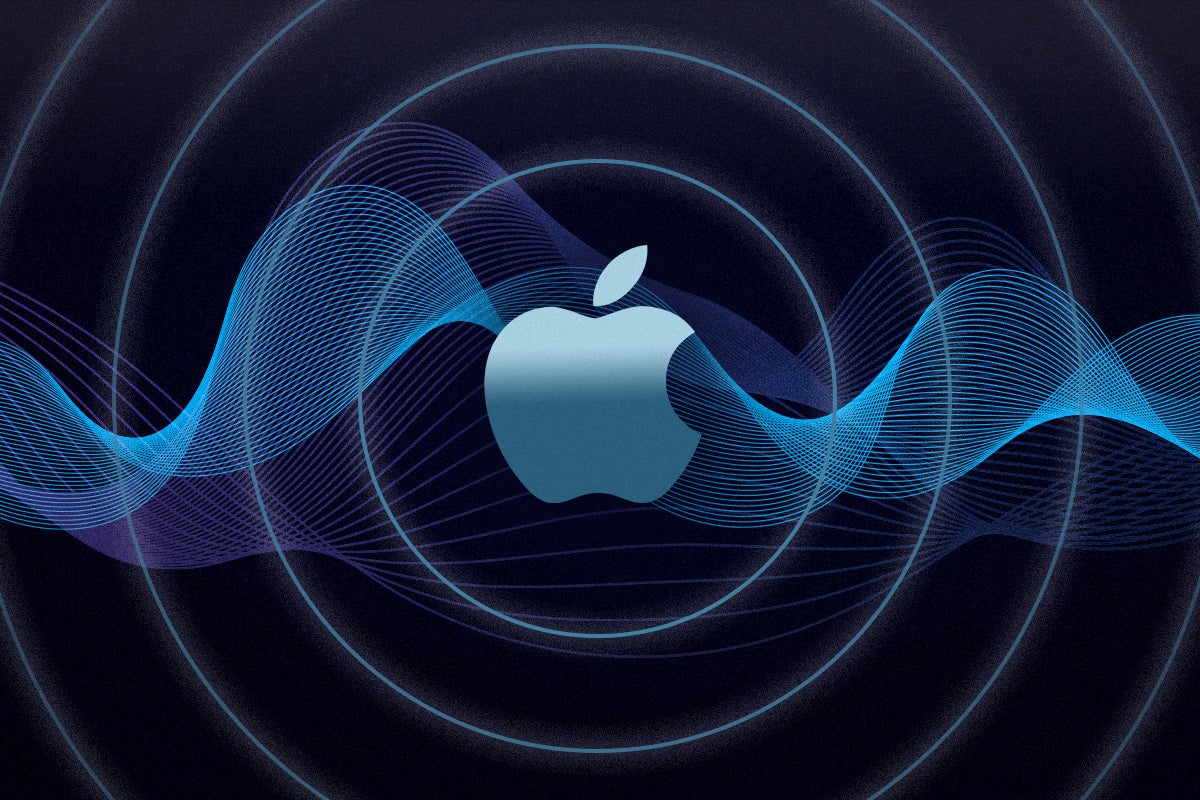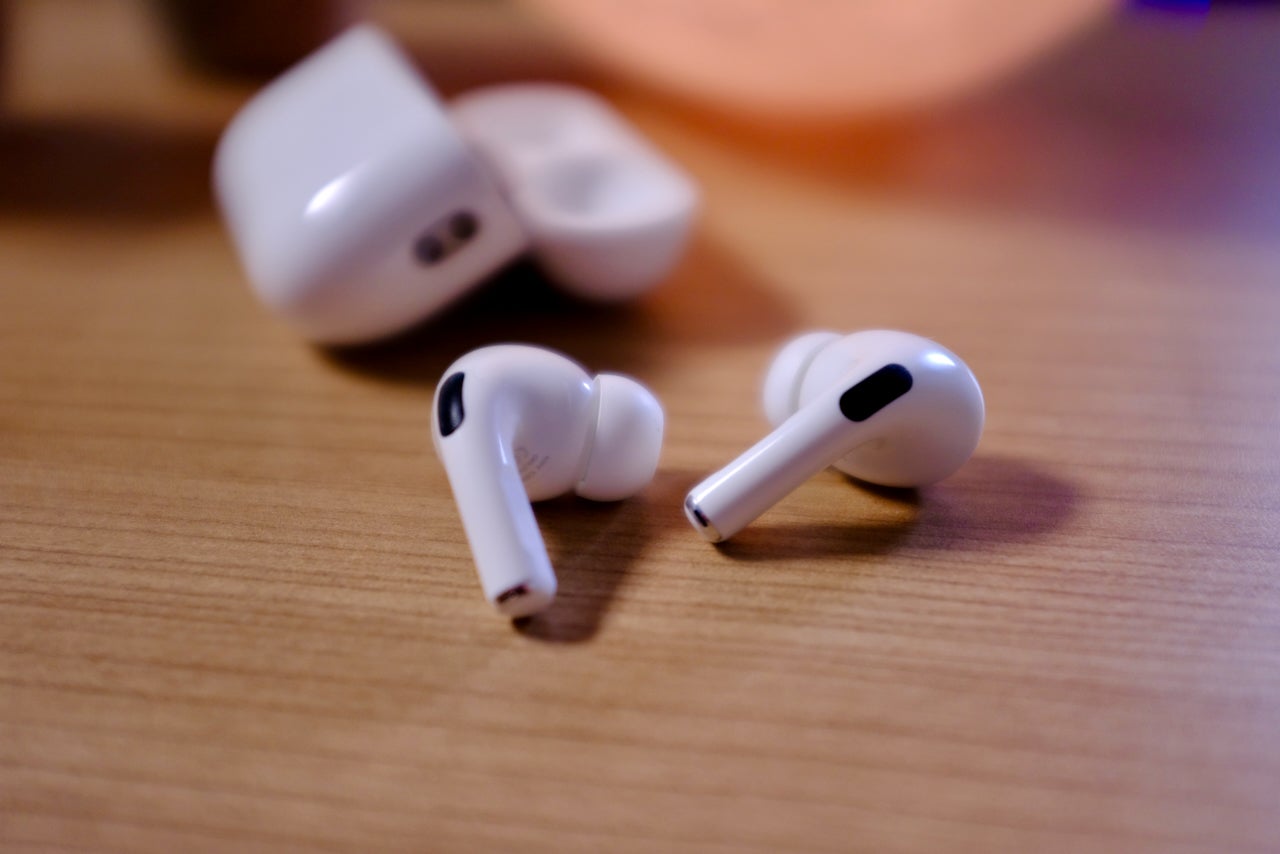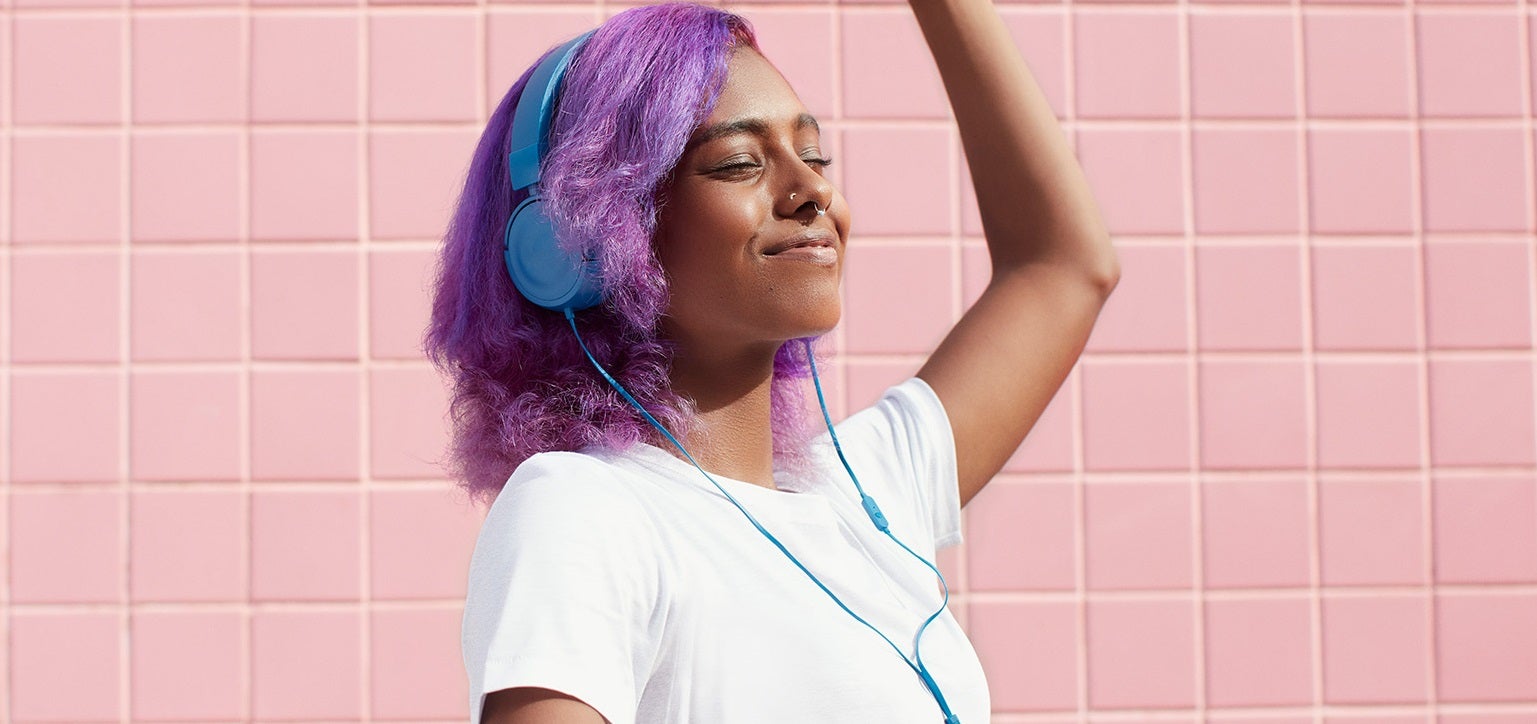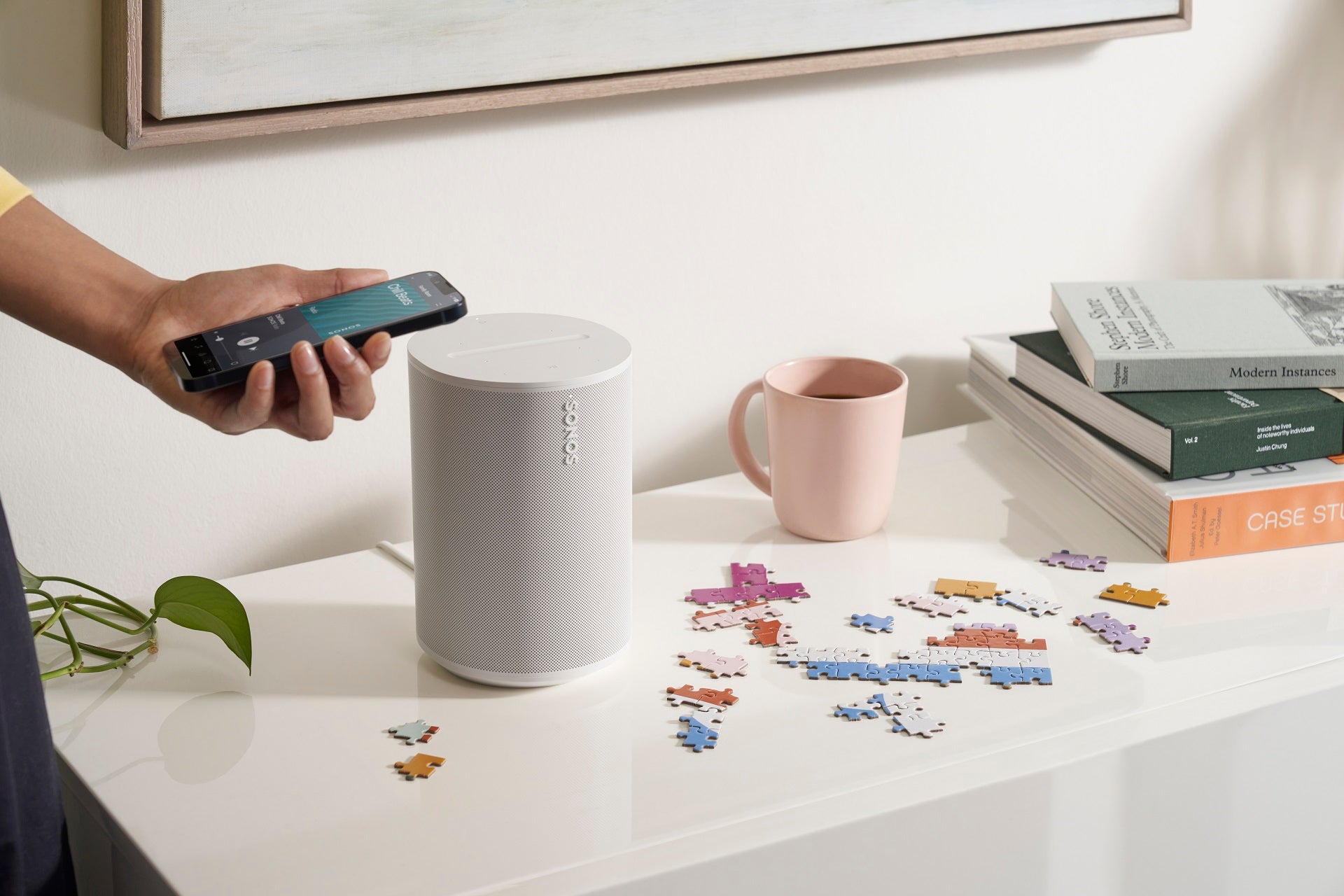What is aptX? What you need to know
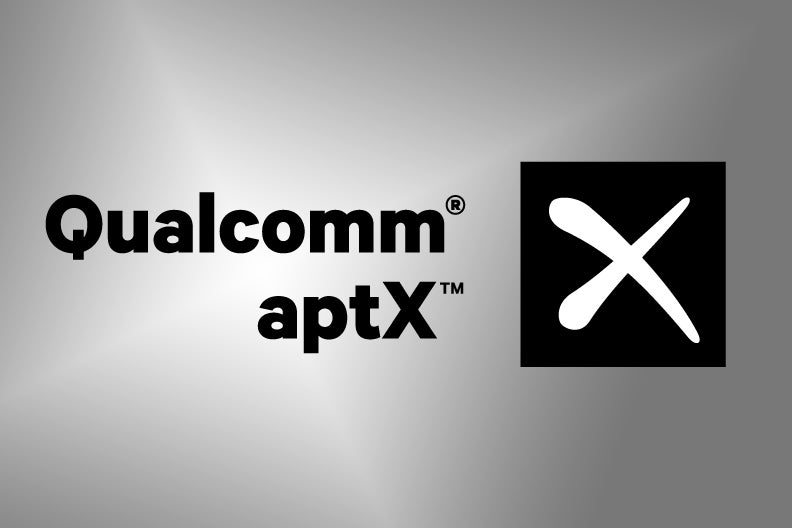
If you stream audio on an Android device to a pair of headphones, it’s likely that the aptX codec will be the glue holding your mobile device and headphones together. Here’s everything you need about getting better audio quality from your mobile device.
In the last several years, a number of smartphone manufacturers have dropped the headphone jack from their devices. The ability to go wire-free when listening to music has become more important, particularly when you’re inevitably likely to lose the fiddly wired adapter that comes in the box or find that the wired pair of headphones gets damaged and faulty over time.
The problem is that, traditionally, the audio quality of wireless music hasn’t challenge its wired counterpart, and for many audiophiles, it never will. But there are technologies available that looking to close the gap and spearheading the charge for better sound quality over a Bluetooth connection is Qualcomm’s aptX codec.
You’ll have notice aptX mention in our reviews for headphones, soundbars and wireless speakers. It’s a widely used Bluetooth codec for Android devices, but if you’re not sure what it means or what advantages it could entail, we’ve got you covered with everything you need to know.
What is aptX?
AptX is a wireless audio codec used to compress and decompress music when streaming via Bluetooth. Think of it as the packaging of your audio parcel, while Bluetooth A2DP (the most commonly used Bluetooth profile for audio) is the courier that delivers it.
AptX was first developed in the 1980s as part of a result project carried out at Queen’s University Belfast. It then went into commercial production in the 1990s – chosen by DTS and Steven Spielberg to record audio for 5.1 digital playback for Spielberg films such as Jurassic Park and Saving Private Ryan – before it was acquired by chipset manufacturer Qualcomm in 2015.
As of 2009, aptX was being applied to consumer electronics, and it has gone on to be adopted by some hundreds of leading audio brands.
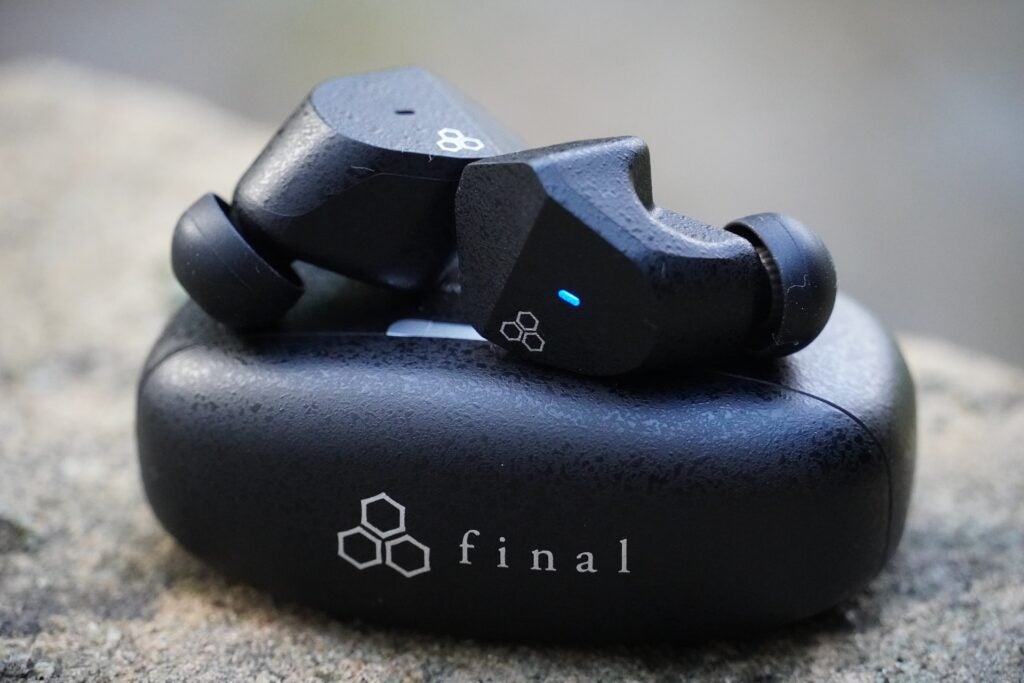
It’s an upgrade on the standard lossy SBC (Subband Coding) codec, which tends to support Bluetooth A2DP music transfer at something like 256kbits/sec. To parse that in easier to understand terms, your device might be sending out good-quality audio files, but you won’t be hearing better than MP3 quality at the other end.
AptX came about in an attempt to change that. It uses an improved proprietary compression to squeeze the music down to a size that’s similar to SBC, but while keeping more of the audio’s original frequency range.
This promises a “CD-like” transmission of your music, although the compression it uses means it can’t quite mimic the 16-bit/44.1kHz quality you’ll hear on a compact disc.
It does help to keep latency to a minimum compared to SBC, however. That’s particularly useful for keeping dialogue in sync when you’re watching video, and it should sound better as a result.
What about aptX HD?
In an attempt to improve Bluetooth sound, Qualcomm launched aptX HD in 2016. This promised to offer support for wireless high-res audio, up to 24-bit/48kHz.
Despite its “better than CD” boast, technically it’s still a lossy format, due to bandwidth restrictions that make it impossible to apply lossless coding at every step.
However, it’s still considered “near lossless”, since it maintains high-res qualities such as a dynamic range of at least 120dB and audio frequencies up to 20kHz.
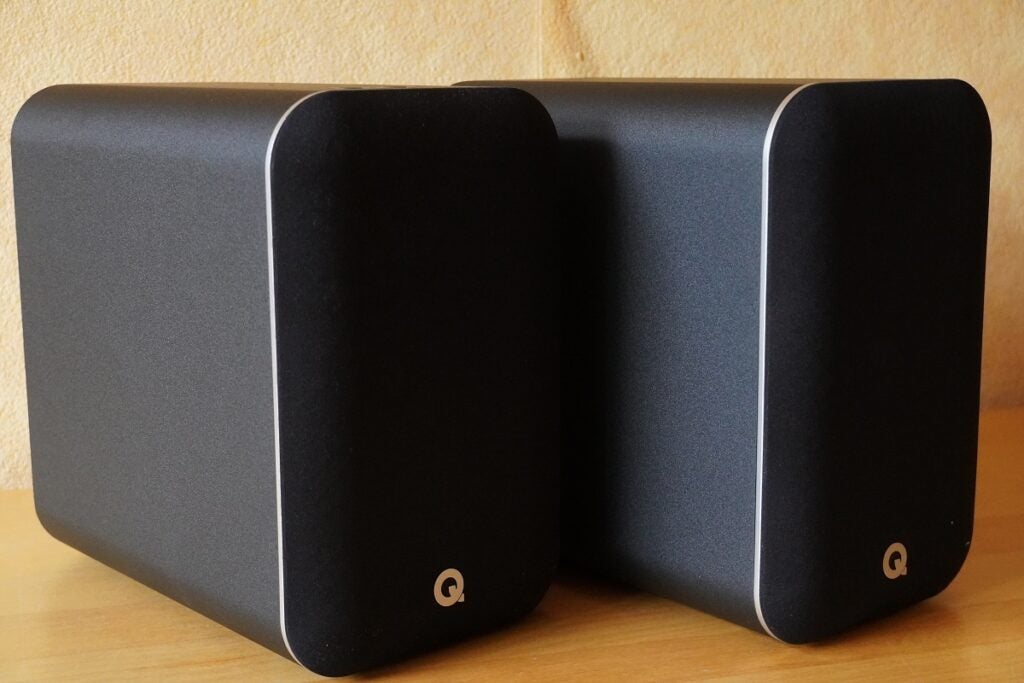
It also promises a lower signal-to-noise ratio through encoding and decoding, less distortion and requires less processing power too, so it won’t drain as much of your battery.
Qualcomm hasn’t stopped at aptX-HD either. In the years that followed the release of the aptX-HD have come aptX Adaptive and aptX Lossless, which claims to deliver lossless CD-quality audio over Bluetooth. AptX Lossless is part of Qualcomm’s Snapdragon Sound ecosystem, which is set to launch later in 2022.
Who supports aptX?
What will annoy some about aptX (and also, aptX HD) is that it needs both a decoder and a receiver to work.
That means that both your source device (whatever is sending the audio via Bluetooth), and the device on which you’re receiving it (be it a speaker or a pair of headphones), must support the technology for it to work.
That means most Apple fans are out of luck (Macs support aptX, but iPhone and iPad do not), since the company doesn’t recognise it. The majority of Android smartphones do, however, as will a lot of wireless music players.
If it’s the best in audio quality you want, then aptX HD is still playing a bit of catch-up. However, there’s plenty of brands that support the streaming technology, with the likes of Sennheiser, Beyerdynamic, Audio-Technica, Bowers & Wilkins, Master & Dynamic, Pro-Ject and Bang & Olufsen adding aptX-HD to their devices.
What are the alternatives to aptX?
Of course, aptX isn’t the only codec trying to give wireless audio quality a boost.
Apple uses the better quality AAC (Advanced Audio Coding) instead of SBC, which – just like aptX – requires AAC-supporting headphones to get the benefit. It’s still lossy but takes the fight to regular aptX for the amount of data it’s able to transmit.
As for something that’s in the same space as aptX HD, we have to look to Sony’s LDAC format. It’s capable of transmitting around three times more data than standard SBC, and can support wireless music up to 24-bit/96kHz – so it can reach a higher level than aptX-HD’s 24-bit/48kHz.
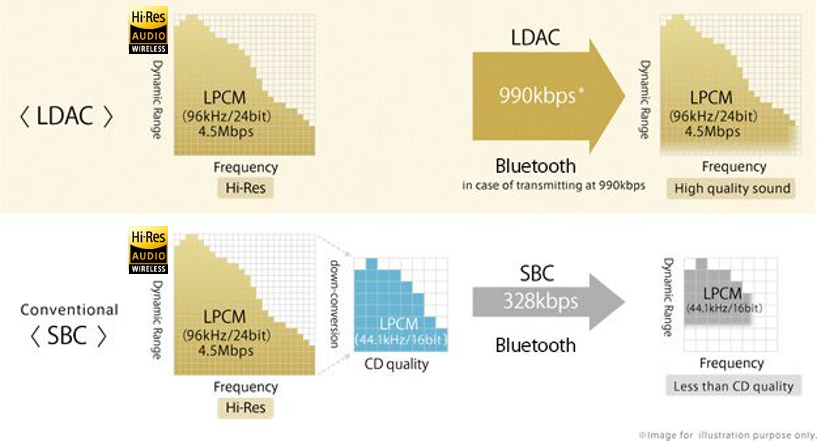
Even at this higher level, it remains a lossy format like the rest of them, due to the amount of compression required to transfer such large files – but it’s closer than previous attempts.
That’s because Sony says LDAC adds to the bit-rate of A2DP in order to transmit more data than would usually be allowed – managing up to 990kbits/sec at its highest quality.
This means CD-quality music should be transferred losslessly without bother, but high-res files will fall a little short of their original glory. They’ll still sound far better than standard Bluetooth, though.
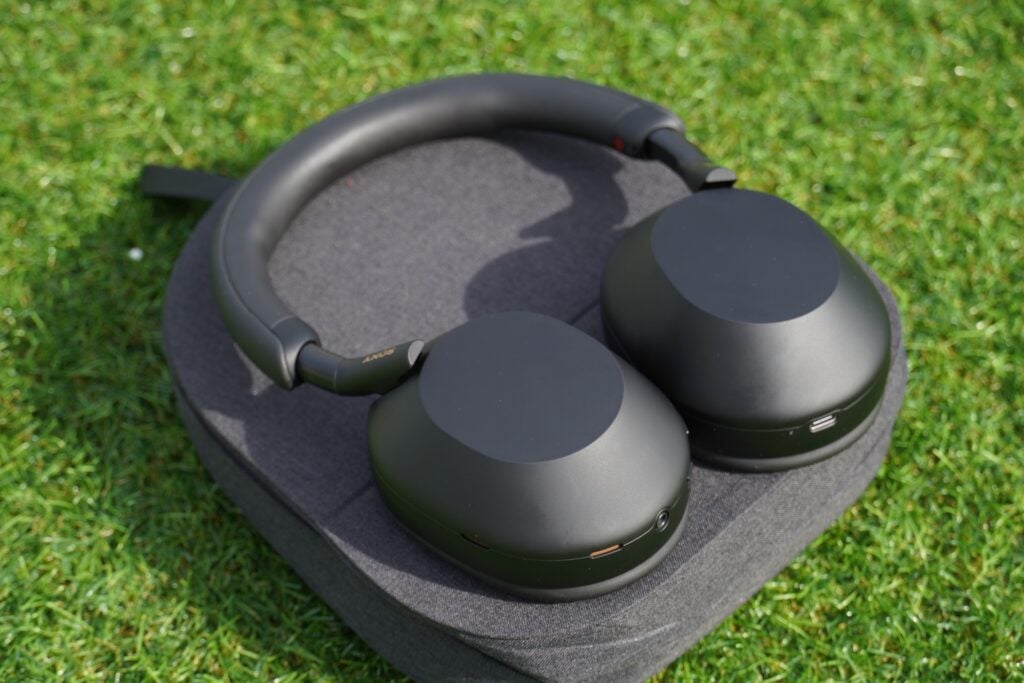
To get LDAC, you’ll need compatible hardware. And since it’s a Sony concept, it’s little surprise that the majority of kit featuring support for the format comes from the Japanese manufacturer itself. However, LDAC is now baked into the Android platform with the majority of Android smartphones able to at least support transmission of higher quality audio.
That does mean that iOS is left out in the cold (again), but also don’t take LDAC’s wider support to mean that every headphone or wireless speaker features the Bluetooth codec. It’s much more of a selective, case-by-case basis. Sony’s latest headphones support it, as do some of their soundbars, and a number of other brands such as Audio-Technica and Oppo include it in their headphones.
LDAC is, at least growing in popularity, so it’s likely to give aptX-HD a good nudge – but we’re awaiting with interest what waves Snapdragon Sound could make when it reaches the market.


